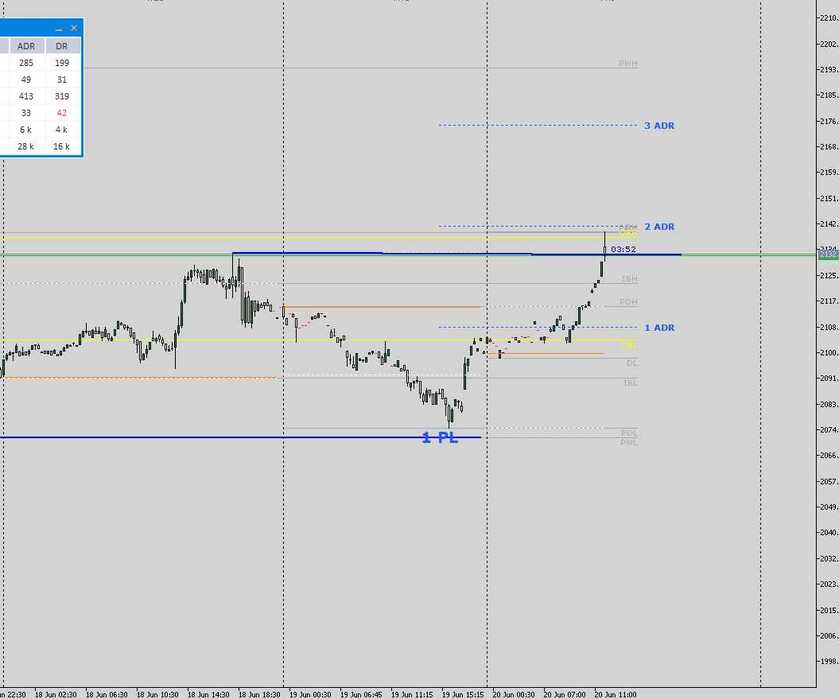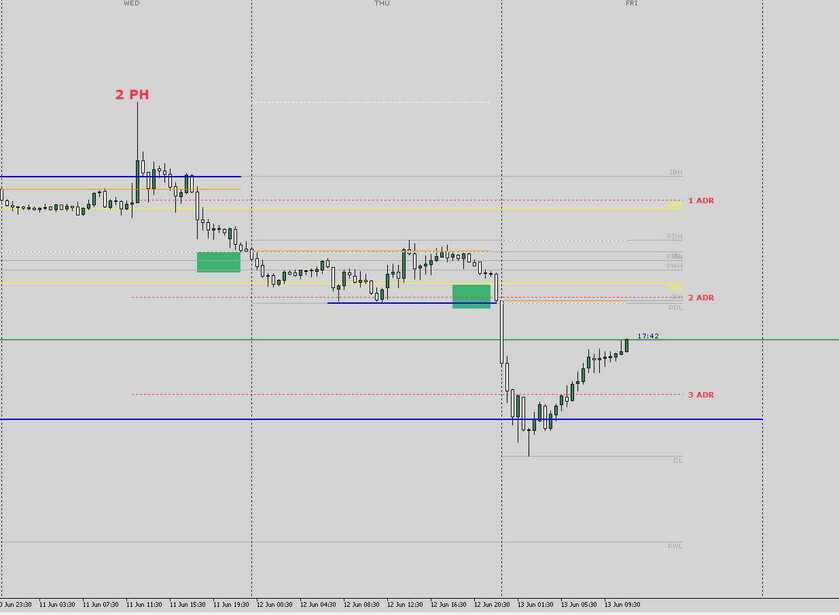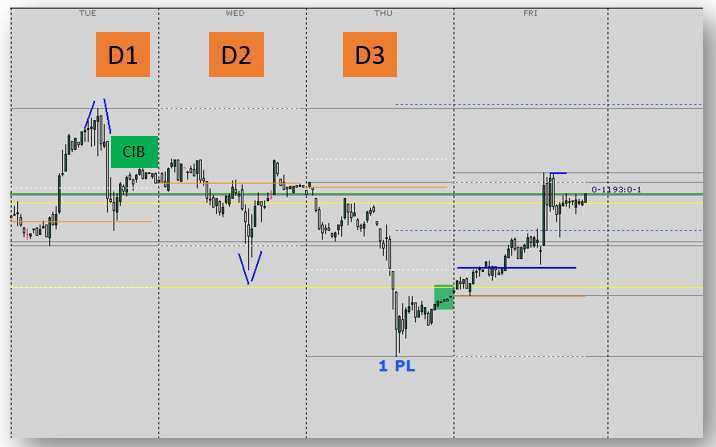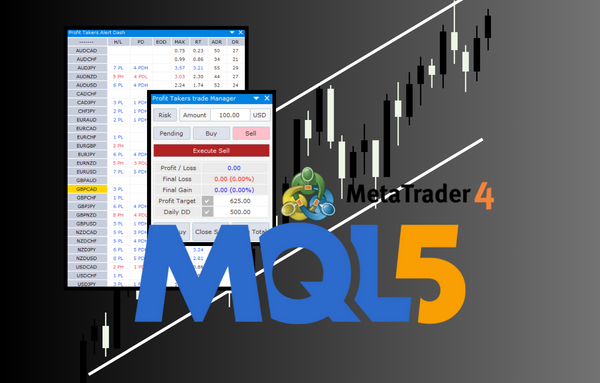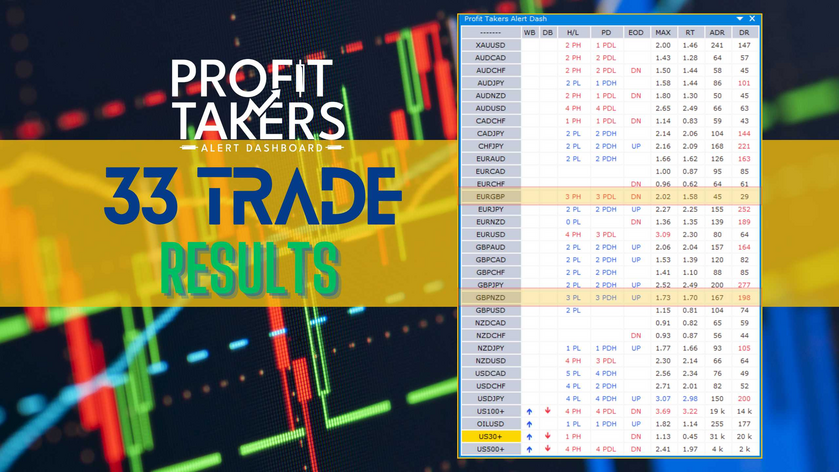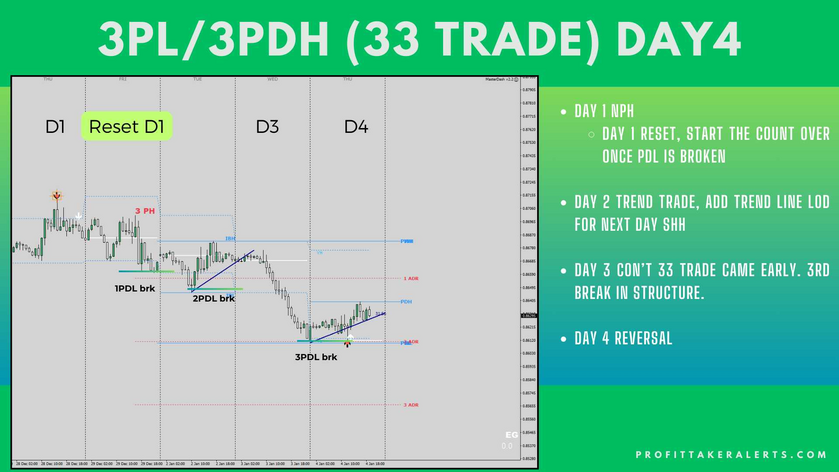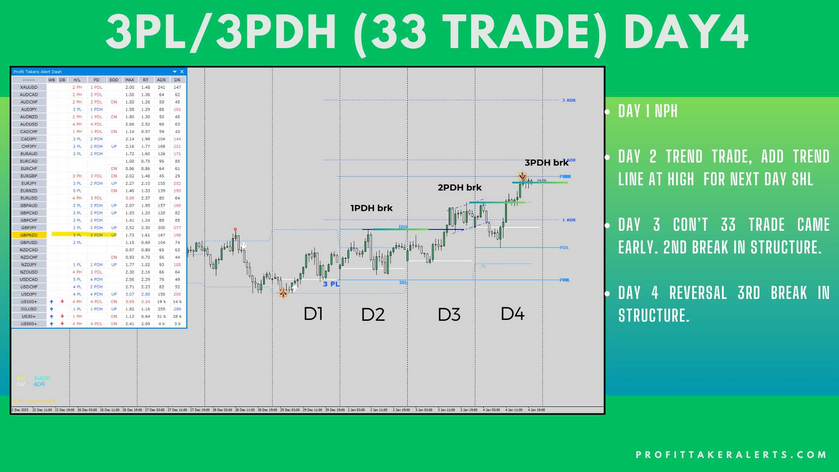
Forex trading, like any other form of trading, involves inherent risks. The dynamic nature of the forex market, with its high leverage and rapid price fluctuations, can result in significant losses if not managed properly.
That's why risk management is a crucial aspect of forex trading that cannot be overstated. In this article, we will discuss the importance of risk management in forex trading and highlight key strategies for effective risk management.
- Setting Stop-Loss Orders: A stop-loss order is a predetermined price level at which a trade will be automatically closed to limit losses. Setting stop-loss orders is a fundamental risk management technique that helps traders protect their trading capital by defining the maximum amount of loss they are willing to tolerate on a trade. By placing stop-loss orders at appropriate levels based on technical or fundamental analysis, traders can minimize the impact of adverse market movements and prevent losses from spiraling out of control.
- Using Proper Position Sizing: Position sizing refers to determining the appropriate amount of capital to allocate to each trade based on one's risk tolerance and the size of the trading account. Proper position sizing is critical in managing risk because it ensures that traders do not risk too much of their account on a single trade. A commonly used approach is the "2% rule," where traders risk no more than 2% of their trading account on any given trade. This helps to protect the trading capital and minimizes the impact of losing trades on the overall portfolio.
- Avoiding Over-Leveraging: Leverage is a double-edged sword in forex trading. While it allows traders to control larger positions with a smaller amount of capital, it also magnifies losses if the market moves against the trade. It's essential to avoid over-leveraging, which means using excessive leverage beyond one's risk tolerance. Traders should carefully consider their leverage level and ensure it aligns with their risk management plan. A conservative approach to leverage can help traders mitigate the risk of large losses and maintain a sustainable trading strategy.
- Disciplined Trading and Adhering to a Trading Plan: Discipline is a key element of successful forex trading. Traders should develop a comprehensive trading plan that includes entry and exit strategies, risk management guidelines, and trading rules. Following a well-defined trading plan with discipline helps traders avoid impulsive decisions based on emotions, stay focused on their strategy, and maintain consistency in their trading approach. Deviating from the trading plan can expose traders to unnecessary risks and jeopardize their trading performance.
In conclusion, effective risk management is paramount in forex trading. Traders should employ strategies such as setting stop-loss orders, using proper position sizing, avoiding over-leveraging, and maintaining disciplined trading practices.
Managing risk is not about avoiding losses altogether, but rather about minimizing losses and protecting trading capital, which is essential for long-term trading success.
A well-structured risk management plan, combined with a solid trading strategy and disciplined execution, can help traders navigate the challenges of forex trading and increase their chances of achieving consistent profitability.
Remember, protecting your capital is just as important as making profits in forex trading.
